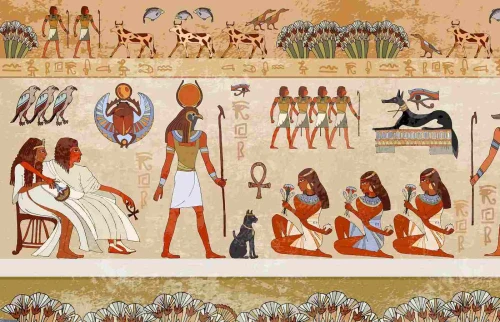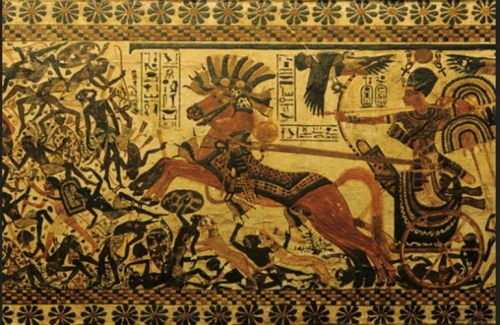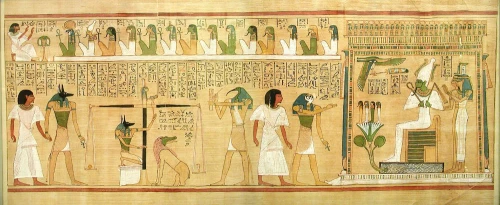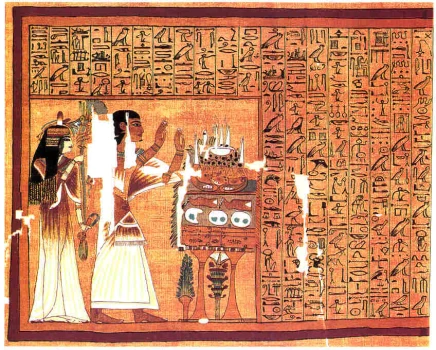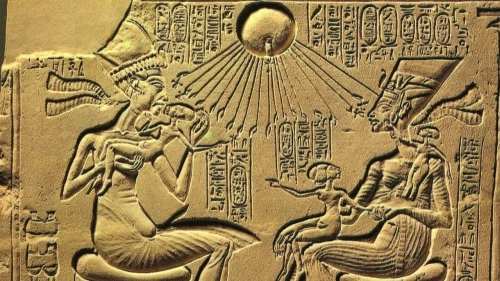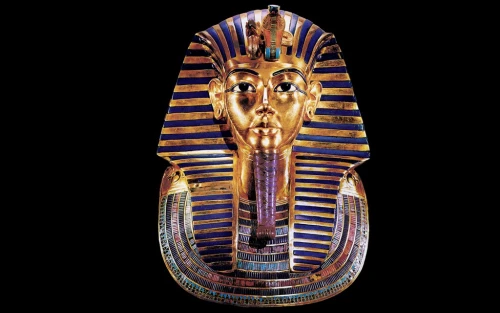
Ancient Egyptian retainer sacrifice is a type of human sacrifice in which pharaohs and occasionally other high court nobility would have servants killed after the pharaohs' deaths to continue to serve them in the afterlife. Servant sacrifice was a species of human sacrifice in ancient Egypt in which pharaohs and other high nobility had servants killed after death so that they could continue to serve them in the afterlife. Egyptian pharaohs held the highest social offices in religious and political spheres. Kings were worshipped as gods in human form and used their servants' sacrifices to display their power. The sacrifice of servants existed only during the 1st Dynasty before slowly decreasing and disappearing.
Egyptian Beliefs About Life After Death
Like many cultures, the ancient Egyptians believed in an afterlife; much of what remains of their civilization reflects this, as only temples, tombs, and other religious structures have survived.Egyptian belief about the afterlife is the belief in ka. Ka was the source of life, the essence, and the soul of a person who lived in the afterlife. The Egyptians thought the ka had to have a skeleton to return to, and it is for this reason that they mummified their dead. Egyptians also take preventive measures, in case their bodies do not survive by ordering "ka" statues, which are statues of the deceased that are buried in the tomb, along with the body, and serve as a replacement should the body decay to the point of no longer being recognizable. It is essential to ensure the relief of the king's ka in life after death due to his essential position both politically and religiously. Experience the excitement of ancient Egypt with our classic tours! See the pyramids and temples of Giza, Luxor, and Karnak, and learn about the fascinating culture and history of this ancient civilization. Our knowledgeable guides will share stories and anecdotes about Egyptian mythology and religion, and explain the significance of the various artifacts and ruins you'll see along the way. You'll also have plenty of opportunities to take photos and ask questions.
If you're looking for a more immersive experience, our day tours are perfect for you. We'll take you off the beaten path to see some of Egypt's lesser-known treasures, like the Valley of the Kings or the Temple of Hatshepsut. We'll also introduce you to local cuisine and customs, so you can get a taste of what life is really like in Egypt. And of course, no trip to Egypt would be complete without a visit to the Great Sphinx!
Reasons for servant sacrifices
Point of view of the pharaohs and the nobles. The purpose of the servant sacrifices was "to enable wealthy nobles and pharaohs to enjoy after their deaths the same style of life as they enjoyed while alive." The pharaohs used the sacrifices of servants to reinforce the power of the pharaoh's position, showing their control over their subjects. The pharaohs also used the sacrifices of servants to help reinforce the idea that the state was worth dying for.
Vassals' point of view
The subjects of the pharaohs considered the pharaoh to be a living god, the god Horus. When he died, the pharaoh was reborn as the god Osiris, the king of eternity. While the deaths of some servants appear to have been taken for granted, other sacrifices have The guarantee of eternal happiness and security seems likely to motivate a servant to agree to be sacrificed. There are plenty of tour operators offering Egypt tours, and many different types of travel packages are available to discover Human sacrifice in ancient Egypt . Whether you're interested in Luxury tours or more budget-friendly options, there's sure to be something to suit your needs. Whichever type of tour you choose, though, you're sure to have an unforgettable experience exploring this amazing culture.
Sacrifices of Servants of the First Dynasty
The tombs surrounding the royal tombs often contain members of the harem, members of minor palace functions, court dwarfs, and even dogs, as the stelae buried in the graves indicate. However, the demographics of the sacrificed servants varied. The pharaohs were not the only ones who had their servants sacrificed during the First Dynasty. The number of servants buried around the king's tomb was far greater than that of high court officials, indicating the pharaoh's greater importance.
Methods of sacrifice
Two different theories have been offered as to how vassals were sacrificed. Some people believe they were strangled to death even though their teeth were pinkish. Cyanide poisoning is another method of sacrifice; since no trauma was found on the skeletons, the poison was most likely the cause of death.
Reasons for the decrease in minion sacrifices
After the 1st Dynasty, pharaoh's servants were not convinced of the immediate necessity of dying to serve a pharaoh in his next life. Instead, they believed that after their deaths, they would be able to assist the pharaoh.
Another likely reason for the decline, and eventual end of servant sacrifices, is the creation of the Shabti figurines. The Shabtis were mummy-shaped figurines designed to replace servant sacrifices; "liability for conducting tasks on behalf of the deceased was transferred to a special type of funerary statuette known as a shabti." These habits were thought to perform a variety of tasks, such as cultivating fields, irrigating canals, and serving the deceased. A "magical" text was engraved on the Shabtis to guarantee they would carry out the tasks assigned.
 English
English
 Spain
Spain

